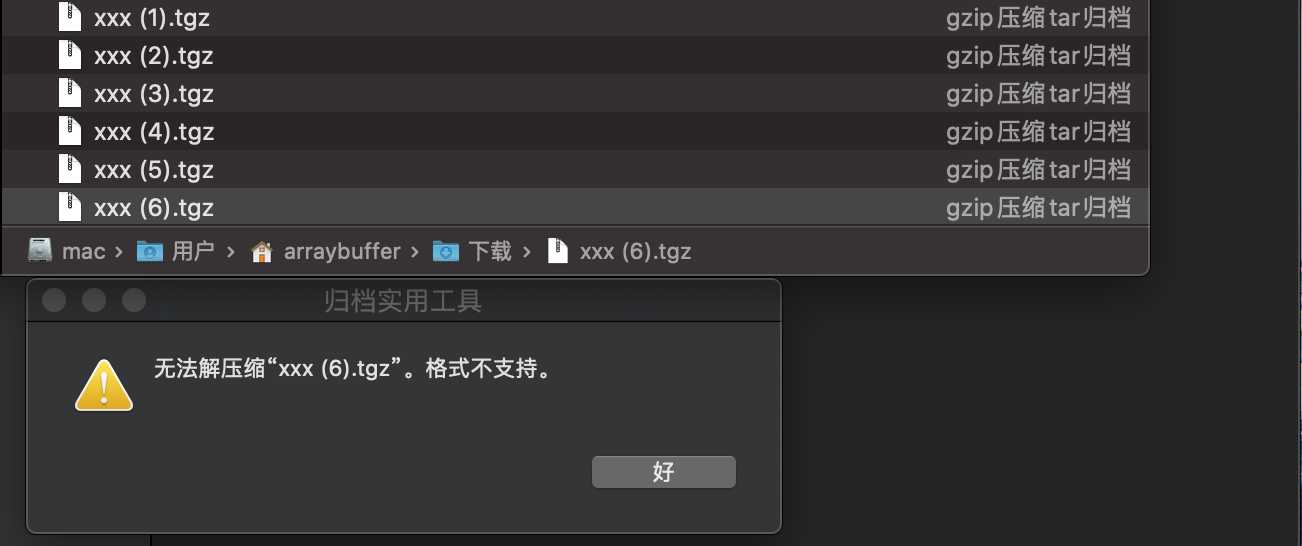标签:源代码 XML 接受 lob 数据流 图片 dom down url
Ajax 下载文件成功后,打开提示格式损坏,源代码如下:
axios({
method: ‘get‘,
url: "/public/工作簿1.xlsx", // 静态资源地址
}).then(res => {
const href = document.querySelector(‘.href‘)
let blob = new Blob([res.data], { type: ‘application/octet-stream‘})
href.href = URL.createObjectURL(blob)
href.download = "xxx.xlsx"
href.click()
})
提示格式被损坏:

将 responseType 设置未 blob 或者 arraybuffer 即可:
axios({
method: ‘get‘,
url: "/public/工作簿1.xlsx", // 静态资源地址
responseType: ‘blob‘
}).then(res => {
const href = document.querySelector(‘.href‘)
let blob = new Blob([res.data], { type: ‘application/octet-stream‘})
href.href = URL.createObjectURL(blob)
href.download = "xxx.xlsx"
href.click()
})
responseType 的作用用于告诉浏览器,如何解析服务端返回的数据,需要保证客户端所设置的 responseType,能够解析服务端返回的内容类型( content-type),否则会导致格式解析错误,先看 responseType 所支持的类型:
| 类型 | 说明 |
|---|---|
| "" | responseType 为空字符串时,采用默认类型 DOMString,与设置为 text 相同 |
| "arraybuffer" | response 是一个包含二进制数据的 JavaScript ArrayBuffer |
| "blob" | response 是一个包含二进制数据的 Blob 对象 |
| "document" | response 是一个 HTML Document 或 XML XMLDocument,这取决于接收到的数据的 MIME 类型。 |
| "json" | response 是一个 JavaScript 对象。这个对象是通过将接收到的数据类型视为 JSON 解析得到的。 |
| "text" | response 是一个以 DOMString(UTF-16字符串) 对象表示的文本 |
当后台返回的数据是二进制数据流时,我们必须指定客户端也是以二进制流的方式去解析,否则无法获取到期望的结果。在上面的例子中,我们未设置 responseType,所以默认的解析方式为 DOMString,导致数据不一致。
DOMString 是一个UTF-16字符串。由于JavaScript已经使用了这样的字符串,所以DOMString 直接映射到 一个String,将 null传递给接受DOMString的方法或参数时通常会把其 stringifies 为“null”。
标签:源代码 XML 接受 lob 数据流 图片 dom down url
原文地址:https://www.cnblogs.com/GManba/p/13123766.html